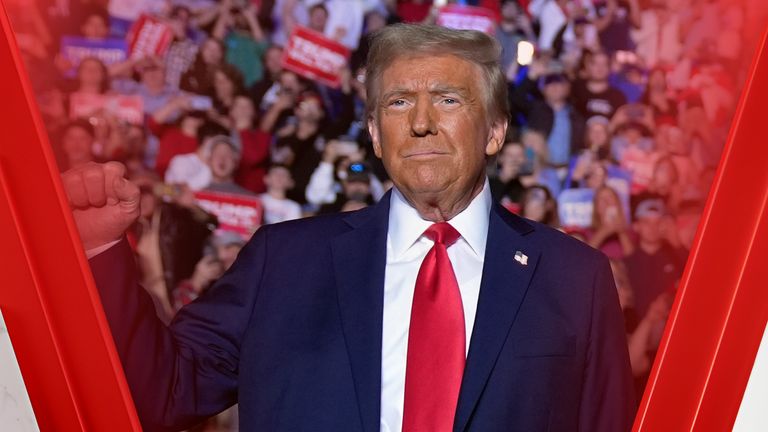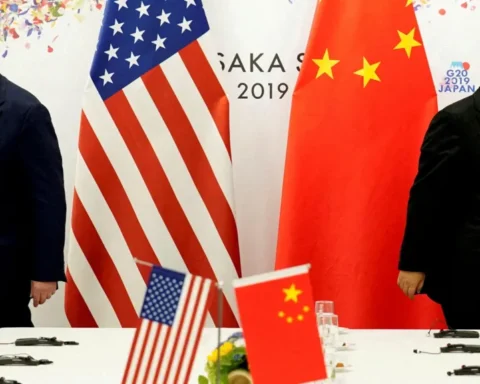President Donald Trump on Wednesday announced a range of reciprocal tariffs targeting almost all countries that the United States trades with, taking a sledgehammer to Washington’s longstanding advocacy of free trade and globalisation.
Trump’s latest tariffs, which build on a series of similar steps he has taken since returning to office on January 20, are going to hit the countries with which Washington has large trade deficits, or that impose heavy tariffs on US goods. In 2023, the US imports were worth $1.1 trillion more than its exports; no other country has as large a trade deficit as the US.
Here is how each country will specifically be targeted by Trump’s tariffs and the few sectors that are — for now — exempt from the penalties.
What did Trump say?
Trump announced the reciprocal tariffs in an executive order alongside an address in the Rose Garden at the White House on Wednesday. Trump had been describing April 2 as “Liberation Day”.
In the executive order, Trump said while the US trading policy has been built on the principle of reciprocity, taxes and barriers on US products by its trading partners had hurt the US.
The tariffs, he said, were a response. These reciprocal tariffs will come into effect on April 9.
During his address, Trump made the argument that the US is charging its trading partners with smaller tariffs compared with the tariffs and non-tariff barriers that the partners impose on the US.
“For decades, our country has been looted, pillaged, raped and plundered by nations near and far, both friend and foe alike,” Trump said.
Holding up a chart of the new reciprocal tariffs, Trump cited the example of China, which he claimed charged US products with an average 67 percent tariff. “We’re going to be charging [China with] a discounted reciprocal tariff of 34 percent,” he said. “They charge us, we charge them less. How can anybody be upset? They will be because we’ve never charged anybody anything.”
But the effective tariff on China will actually be higher — and some countries will now be tariffed higher than the duties they levy on US imports. Chinese goods will face a 34 percent reciprocal tariff in addition to the 20 percent tariff that Trump imposed earlier, bringing the overall tariff on Chinese goods to 54 percent, close to his campaign promise of 60 percent. In 2024, China was the second-largest trading partner of the US.






